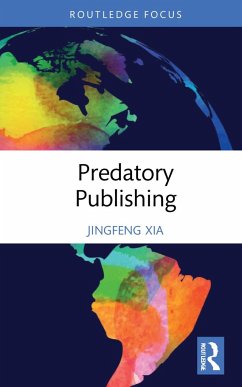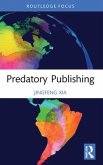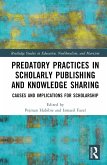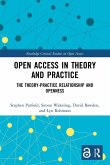Predatory Publishing introduces and examines many forms of unethical and unprofessional publishing, whilst also analyzing its tactics and impact on scholarly communication.
Covering all aspects of predatory publishing, including topics such as predatory journals, hijacked publications, alternative metrics, and fraudulent conferences, the book considers the sociocultural, geopolitical, and technical impact of predatory behaviors. Demonstrating that predatory publishing has taken advantage of the open access movement, the author highlights the negative impact such publishing practices have had on science discovery and dissemination around the world. Efforts to counter unethical and destructive conduct, such as journal blacklists, peer-review sting operations, the implementation of the strict journal selection criteria by the Directory of Open Access Journals, and government regulations in some countries, are also fully described.
Predatory Publishing is a useful resource for every researcher, practitioner, and student in the global scholarly community. Individuals can expect to get a whole picture of the practice by reading this book, and decision-makers will find it informative to support their decisions. This book will be of interest to those studying and working in the fields of publishing, library and information science, communication science, economics, and higher education. People in other fields, particularly biomedical sciences, will also find it useful.
Covering all aspects of predatory publishing, including topics such as predatory journals, hijacked publications, alternative metrics, and fraudulent conferences, the book considers the sociocultural, geopolitical, and technical impact of predatory behaviors. Demonstrating that predatory publishing has taken advantage of the open access movement, the author highlights the negative impact such publishing practices have had on science discovery and dissemination around the world. Efforts to counter unethical and destructive conduct, such as journal blacklists, peer-review sting operations, the implementation of the strict journal selection criteria by the Directory of Open Access Journals, and government regulations in some countries, are also fully described.
Predatory Publishing is a useful resource for every researcher, practitioner, and student in the global scholarly community. Individuals can expect to get a whole picture of the practice by reading this book, and decision-makers will find it informative to support their decisions. This book will be of interest to those studying and working in the fields of publishing, library and information science, communication science, economics, and higher education. People in other fields, particularly biomedical sciences, will also find it useful.








